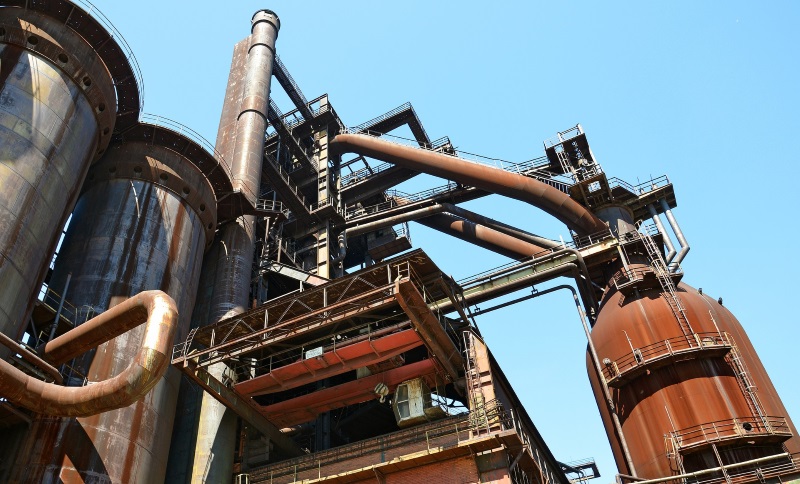Fortescue (FMG) announced an overall strong September quarterly result across a number of fronts. Continued positive free cashflow generation has allowed the company to buy back USD384m of bonds in the secondary market at an average value of 80 cents in the dollar

Key highlights from the September quarterly results:
- Price realisation of 91% (USD50 per dry metric tonne (dmt) versus an average index price of USD55/dmt), which is an improvement from the recent realisation levels of 85%-87%
- Direct (C1) cost was reported at USD16.90 per wet metric tonne (wmt) which is a 24% reduction in costs from the previous quarter and a 47% reduction in costs from the September 2014 quarter. C1 cost guidance will be formally updated for the company’s 1H16 results release, but FMG has also lowered its C1 cost target to USD15/wmt by the end of FY16 based on an exchange rate of USD0.72. The company is also aiming to reduce its breakeven price further than the previous guidance of USD39/dmt and into the ‘mid-USD30s’/dmt
- Importantly, Fortescue reduced its net debt by USD600m to USD6.6bn in the three months to 30 September, which implies about USD700m in free cashflow generation over the quarter. The company continues a hold a strong cash position of USD2.6bn post the bond repurchase which provides a solid buffer in the event of any further deterioration in iron ore prices
- Prepayment amortisation during the September quarter was USD100m and the company has a further USD800m in prepayment balances to amortise over FY16 and FY17, subject to any rollover of balances
Bond buyback and implications
The company disclosed that it made the following principal repurchases of its bonds in the secondary market.
| Facility | Balance at 30 June 2015 (USDm) | Principal repurchased | Proforma balance (USDm) |
| 2019 senior unsecured bond | 1,050 | 161 (15.3%) | 889 |
| 2022 senior unsecured bond | 1,000 | 83 (8.3%) | 917 |
| 2022 senior secured bond | 2,300 | 140 (6.0%) | 2,160 |
Source: Fortescue
The bond buy back is relatively modest in the context of Fortescue’s overall debt, which shows that the company is remaining prudent in continuing to cash of USD2.6bn well in excess of its stated USD11.5bn range. If the company was confident about the iron ore price outlook they would have bought back more and we think that Fortescue remains wary of further falls in iron ore prices.
We note that the company has bought back substantially more of the 2019 bond in percentage than the other two bonds – in our opinion; this is another signal that the 2019 unsecured bond continues to be the primary focus of debt reduction for the company.
Another takeaway point is that the company is most likely going to look to roll-over or refinance the USD4.9bn term loan facility. It is the cheapest debt in the Fortescue capital structure. In order to successfully refinance the term loan Fortescue will need to pay down further debt and at least achieve its gearing target of 40% ahead of the 2019 maturity date on the term loan. Fortescue has stated it wants to achieve its 40% gearing target in 18 months to two years, which would require it to pay off another USD2bn of debt.
To achieve this debt reduction target, we expect Fortescue will continue to opportunistically buy back bonds if the secondary market values of the bonds remain at a reasonable discount to par (USD10-20 on average) and if the company continues to generate solid positive free cashflow.
If iron ore index pricing continues to hold in the USD50-60/dmt range we expect Fortescue will be able to generate about USD10-20 of free cashflow per tonne or USD1.6-3.2bn per annum. This is about USD1.2-2.8bn per annum, after allowing for USD400m per annum in prepayment amortisation, which could be used to retire further debt and achieve its stated gearing target.
Since our last update including Fortescue, Top 4 US dollar bond opportunities, we have seen the capital price of the 2019 bond rally from the mid 70’s to the mid 80’s. For investors who were able to buy in to the 2019 bond at these lower levels, now may be an opportunity to take profits. However, if iron ore prices remain within the USD50-60/dmt range then we expect the company will continue to be able to generate strong free cashflow and deleverage which will be further positive for FMG bond prices. We note that post buyback, only 59% of the initial USD1.5bn 2019 bonds remain outstanding. We expect the company will continue to prioritise retiring this debt over other facilities. As the amount of the 2019 bond outstanding reduces over time through repurchases, we would expect the value of the bond will gravitate towards par. However, bond prices will continue to broadly fluctuate with movements in the underlying iron ore prices.